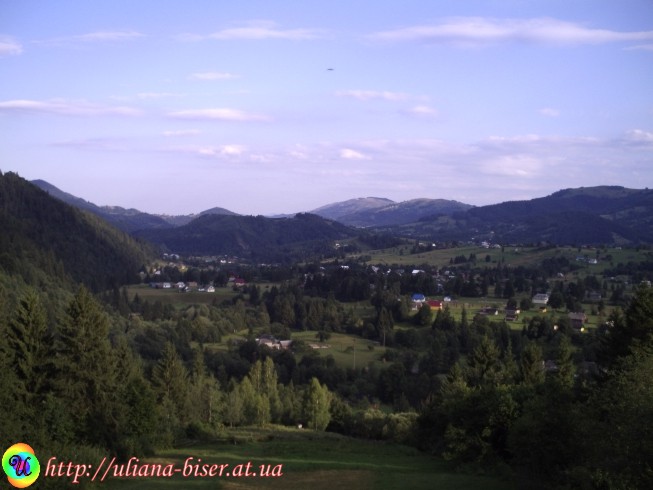La Tradicion Musical En España Vol. 15
El Tambor De Cuerdas De Los Prineos
El Tambor De Cuerdas De Los Prineos
1999
Tracks:
BIELLO ARAGÓN:
01. Paloteau de Lanuza
02. Paloteau de Jaca
03. Pedro Gil
04. El ciervo
05. Dance de Sinués
06. Dance de Aragües del Puerto
07. Dance de Embrún
NAVARRA ORIENTAL:
08. Ttun-ttun de Isaba
09. Ttun-ttun de Uztarroz
10. Pasacalles de Burguete
BIGORRA:
11. Danza del Ben-Yar
OSSAU y BEARN:
12. Maudit sia l´amor
13. Bèra Vinagrèra
14. Madamisèla deu Bornau
15. De la mes charmante anesqueta
16. Au verdurèr
17. Branlo Ayrejan
18. Moutchicou
XIBERO:
19. Hegi
20. Bralea
21. Martxa (Godalet Dantza)
22. Ahuntza
23. Barrikada Haustea
24. Buhameak
NAVARRA NOR-OCCIDENTAL:
25. Mando Zaharrarena
26. Mutil-Dantza (Soka Dantza)
Personnel:
Enrique Tello (tambor de cuerdas y flauta de tres agujeros), Javier Lacasta, Marcel Gastellu, Luis Salesa, Faustino Villacampa, Álvaro de la Torre (tambor de cuerdas y flauta de tres agujeros)...
Tracks:
BIELLO ARAGÓN:
01. Paloteau de Lanuza
02. Paloteau de Jaca
03. Pedro Gil
04. El ciervo
05. Dance de Sinués
06. Dance de Aragües del Puerto
07. Dance de Embrún
NAVARRA ORIENTAL:
08. Ttun-ttun de Isaba
09. Ttun-ttun de Uztarroz
10. Pasacalles de Burguete
BIGORRA:
11. Danza del Ben-Yar
OSSAU y BEARN:
12. Maudit sia l´amor
13. Bèra Vinagrèra
14. Madamisèla deu Bornau
15. De la mes charmante anesqueta
16. Au verdurèr
17. Branlo Ayrejan
18. Moutchicou
XIBERO:
19. Hegi
20. Bralea
21. Martxa (Godalet Dantza)
22. Ahuntza
23. Barrikada Haustea
24. Buhameak
NAVARRA NOR-OCCIDENTAL:
25. Mando Zaharrarena
26. Mutil-Dantza (Soka Dantza)
Personnel:
Enrique Tello (tambor de cuerdas y flauta de tres agujeros), Javier Lacasta, Marcel Gastellu, Luis Salesa, Faustino Villacampa, Álvaro de la Torre (tambor de cuerdas y flauta de tres agujeros)...
♫☆`*♥¸¸.•*¨*•♫☆`*♥¸¸.•*¨*•♫
♫☆`*♥¸¸.•*¨*•☆♫`*♥¸¸.•*¨*•♫
This volume is of particular interest since it scans an instrumental tradition known on both sides of the Pyrenees, that of the three-holed flute played with the drum string. This instrumental ensemble (played by a single musician) has come down to us in the Spanish provinces of Navarre and Aragon and, for our part in Béarn (Ossau valley), Bigorre and Soule. This disc is therefore appealing to musicians from the various regions (including Marcel Gastellu Etchegorri, musician, researcher of long standing, is efficient as discreet), some pretty old and younger but all playing traditional and mostly solo . This gives us an interesting overview of the instrument in which the double flute melody runs while the drum string serves as the basic rhythm and stubborn bumblebee (vibration deliberately created by the curvature of the bridge contribute to in addition to these strings look more stamps to drum string zither). If the instrument is definitely designed for the dance (rich in high harmonics of the flute, the presence of the drone, rhythmic function of the drum), he can also give a haunting aspect to slow airs. Whether to retain something of these recordings is that the Pyrenees constitute an administrative barrier: eyes closed so try to assign each piece to its region unless you are an expert you will give your language quickly cat and if recent exchanges may have taken place, the unit organological and music that emerges here is undeniable.
Tambor de cuerdas
A psalterium /sɒlˈtɪəriəm/, or tambourin à cordes, is a stringed musical instrument, the name of which means the same thing as the one of psaltery. In specific usage, this name denotes a form of long psaltery that is tuned to provide drone chords. Sometimes called a string drum, it is usually used as rhythm accompaniment with a form of tabor pipe. It is also known as tambourin de Béarn in French, ttun-ttun (/cun'cun/, named after the sound emitted) in Basque or chicotén in Aragonese.
Some authors have called into question the inclusion of the Pyrenean stringed drum under the name of psalterium.
Some authors have called into question the inclusion of the Pyrenean stringed drum under the name of psalterium.
Method
It is slung on the arm or over the shoulder of a player who uses the same hand to play the pipe, while striking the strings with a linen covered stick held in the other hand. The 6 strings (3 sets) are most often tuned in octaves that match the keynote of the Tabor pipe, such as Cc Cc Cc or Dd Dd Dd etc. This musical percussion is quite pleasant and can be played pianisimo as well as forte'.
Extent and uses
The instrument is currently widespread in the western Pyrenees, and it bears the hallmark of the territory. Apparently invented in the 15th century, it came into use in the Pyrenees, where it took hold. It is popular in the easternmost Basque province of Soule (Zuberoa), where it provides along with the three hole flute (xirula) the necessary musical background for traditional dance performances and the carnival set of performances called maskarada, which takes place on a yearly basis in different villages of the former viscounty.
After losing ground during the 20th century in western and central Pyrenees, namely Bigorre, Béarn and Soule, the practice of the three hole flute and tambourin came almost to a halt after World War II, except for the Ossau Valley in Béarn. Evidence has been gathered also that with different names (such as salterio) it was played along with the flute early in the 20th century in small areas of High Aragon. From the 1970's on, the instrument has shown renewed vitality.
thanks for the music : )
♥






















































































+Front.jpg)

















